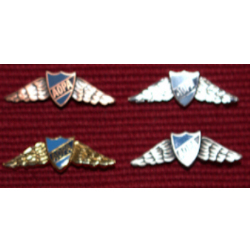
Training and Safety Main Header
Training and Safety
Pilot licenses, training requirements, where to train for your pilot licence, ideas to keep you flying and developing your flying skills, if it goes wrong, find an instructor or examiner to keep you flying.
Training
Training

Flight Training
Find out More

Online Learning
Find out More
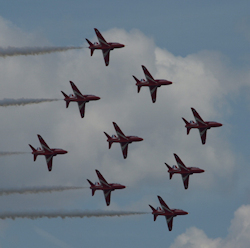
Aerobatic rating
Find out More

FI Refresher Course
Find out More
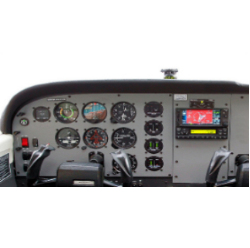
Radio Navigation Certificate
Find out More
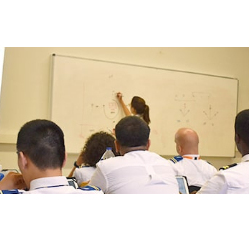
Ground Instructor Certificate
Find out More

Flying Companions Course
Find out More
Safety
Safety

AOPA Strasser Scheme
Find out More
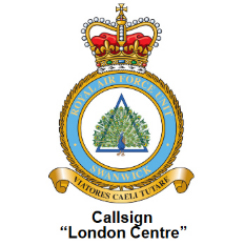
UK Distress and Diversion
Find out More
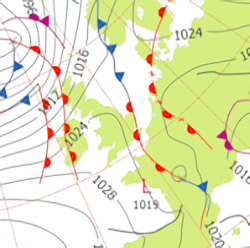
Weather Services
Find out More
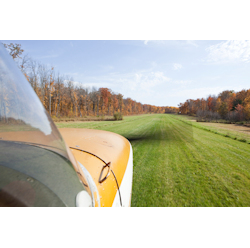
Personal Minimums
Courtesy AOPA USA
Training and Safety Information
Information

Pilot Tips
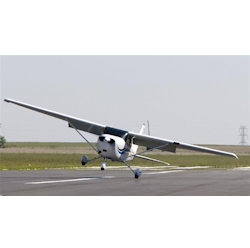
Takeoffs & Landings (AOPA US)
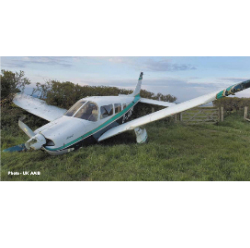
Occurrence Reporting
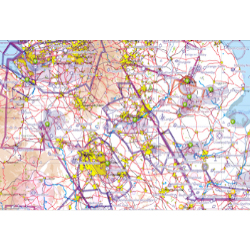
UK CAA Infringement Process
